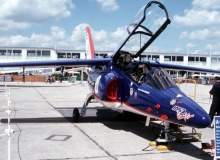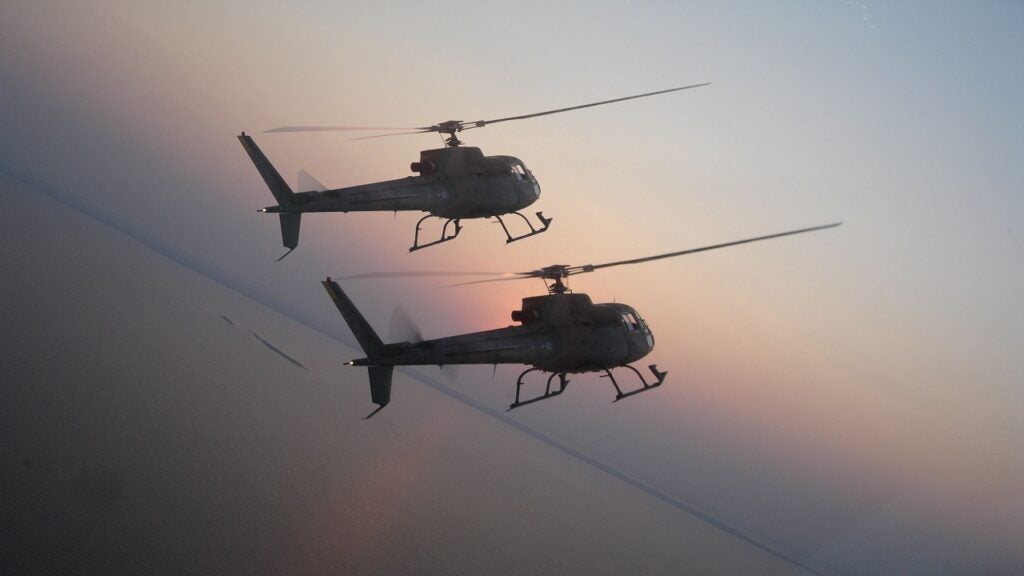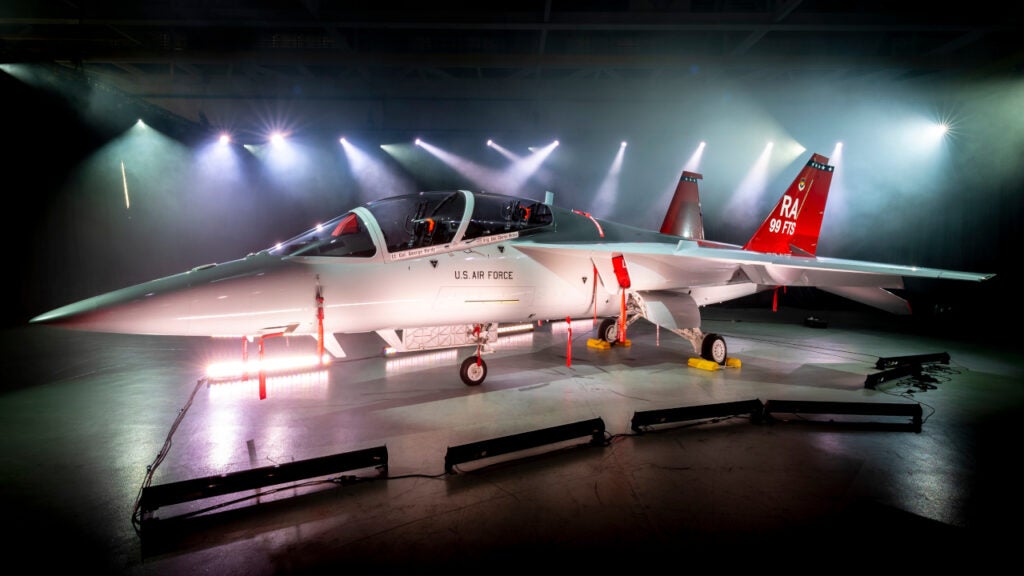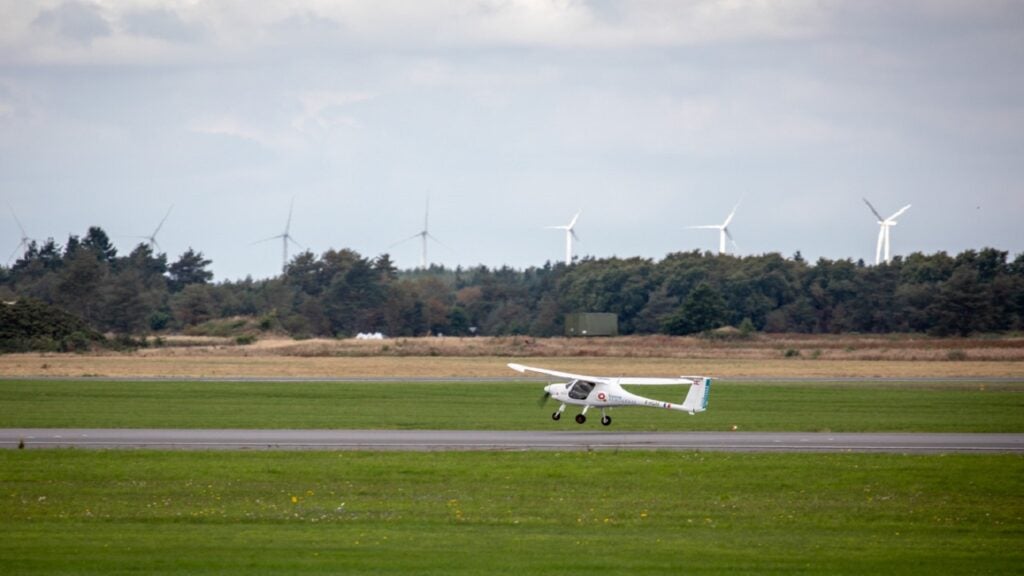
IA-63 Pampa is a two-seater advanced jet trainer or light attack aircraft designed and manufactured jointly by Argentina-based Fabrica Militar de Aviones (FMA) (now known as Lockheed Martin Argentina) and Dornier of Germany for the Argentine Air Force (AAF).
It is derived from the Dornier Alpha Jet. About 27 IA-63s were built since 1988.
Variations of the IA-63 Pampa
The IA-63 Pampa was produced in two variants, namely Vought Pampa 2000 and AT-63 Pampa.
The Vought Pampa 2000 is an upgraded version of the IA-63, built to supplant T-34 and Cessna T-37B trainers.
The AT-63 is the first light attack version equipped with advance engines, upgraded avionics and armaments. Its maiden flight took place in June 2005.
Orders and deliveries of the two-seater advance jet trainer
About 100 IA-63s were ordered by the AAF, of which the first three were delivered in April 1988. The AAF received a new IA-63 trainer in September 1999.
Development of the IA-63 Pampa advanced jet trainer
FMA and Dornier signed an agreement in 1978 to build the IA-63 Pampa for superseding the Morane-Saulnier MS-760 aircraft fleet in the AAF. The design of the IA-63 began in 1979. The development of three IA-63 prototypes began in March 1981.
The aircraft completed its maiden flight in October 1984 and entered service in April 1988. A total of 18 aircraft were delivered prior to the acquisition of FMA by Lockheed Martin Argentina (LMA) in July 1995.
The Argentine Government awarded a $230m contract to LMA in 2000 to recommence the IA-63 production for deployment in the AAF.
The contract work involves transforming 12 of the 17 existing IA-63s to AT-63s, producing 12 new AT-63 aircraft and providing maintenance and modification services to the aircraft, engines and accessories.
The contract was suspended temporarily in 2002 due to poor economic conditions in Argentina. It was reactivated in February 2004 and the first AT-63 was rolled out in December 2005.
Design features
The IA-63 is of semi-monocoque design with straight supercritical wings. The aircraft was designed to operate on unprepared airstrips or dirt runways.
It is built of aluminium alloys and carbon fibre materials. It can carry maximum internal fuel of 1,383 litres on inboard and outboard wings. Two additional external drop tanks of 317 litre capacity each are also fitted on the centre underwing station.
The IA-63 features a pressurised cockpit enclosed by a single piece clamshell canopy that opens upward. The aircraft can carry two crew members including trainee pilot and flight instructor in tandem seat configuration.
It is fitted with two UPC S-III-S3IA63 ejection seats with the rear seat slightly raised to render clear visibility.
The cockpit is equipped with a single head up display, two multifunctional displays, voice over recorder and a radar warning receiver.
It also houses two VHF transceivers, inertial navigation system, environmental control system and liquid oxygen converter.
Avionics systems
The avionics suite installed in the IA-63 includes identification friend or foe, air traffic control transponder, marker beacon receiver, automatic direction finder, an optional AN/APG-67(V)4 multimode radar, attitude direction indicator, radar altimeter, air data computer and instrument landing system.
Armaments and weaponry
The IA-63 is armed with 30mm DEFA cannon and two machine gun pods. The aircraft has five hardpoints, including four under two wings and one under the centreline fuselage. It can carry 1,900kg of payload.
Other armaments hinged include Mk81, Mk82 cluster bombs, LAU-32/51 and LAU-10 rocket launchers and CBLS 200 practice bomb carriers.
The AT-3 is powered by a single Garrett TFE731-2 turbofan engines designed and manufactured by Garrett AiResearch (now known as Honeywell Aerospace). The engine produces 15.6kN of thrust.
It boasts a single-stage high-pressure turbine, a three-stage low-pressure turbine, annular combustors, digital electronic engine control (DEEC) and a single centrifugal high-pressure compressor stage.
The engine is 1.27m long and 1m in diameter. The dry weight is 333kg.
The IA-63 Pampa is fitted with a tricycle type retractable landing gear comprising two main wheels and a single steerable nose wheel. The gear is equipped with oleo pneumatic shock absorbers, wing flaps, parking brakes and ram air turbine.
The main wheel retracts inwards into middle fuselage, while the nose wheel resiles rearwards in the front fuselage.
Performance of the Argentine Air Force (AAF) aircraft
The IA-63 can climb at the rate of 30.2m/s. The maximum and cruise speeds of the aircraft are 819km/h and 747km/h respectively. The maximum range is 1,500km. The service ceiling is 12,900m.
The Global Military Aircraft Market 2011-2021
This project forms part of our recent analysis and forecasts of the global Military Aircraft market available from our business information platform Strategic Defence Intelligence. For more information click here or contact us: EMEA: +44 20 7936 6783; Americas: +1 415 439 4914; Asia Pacific: +61 2 9947 9709 or via email.




